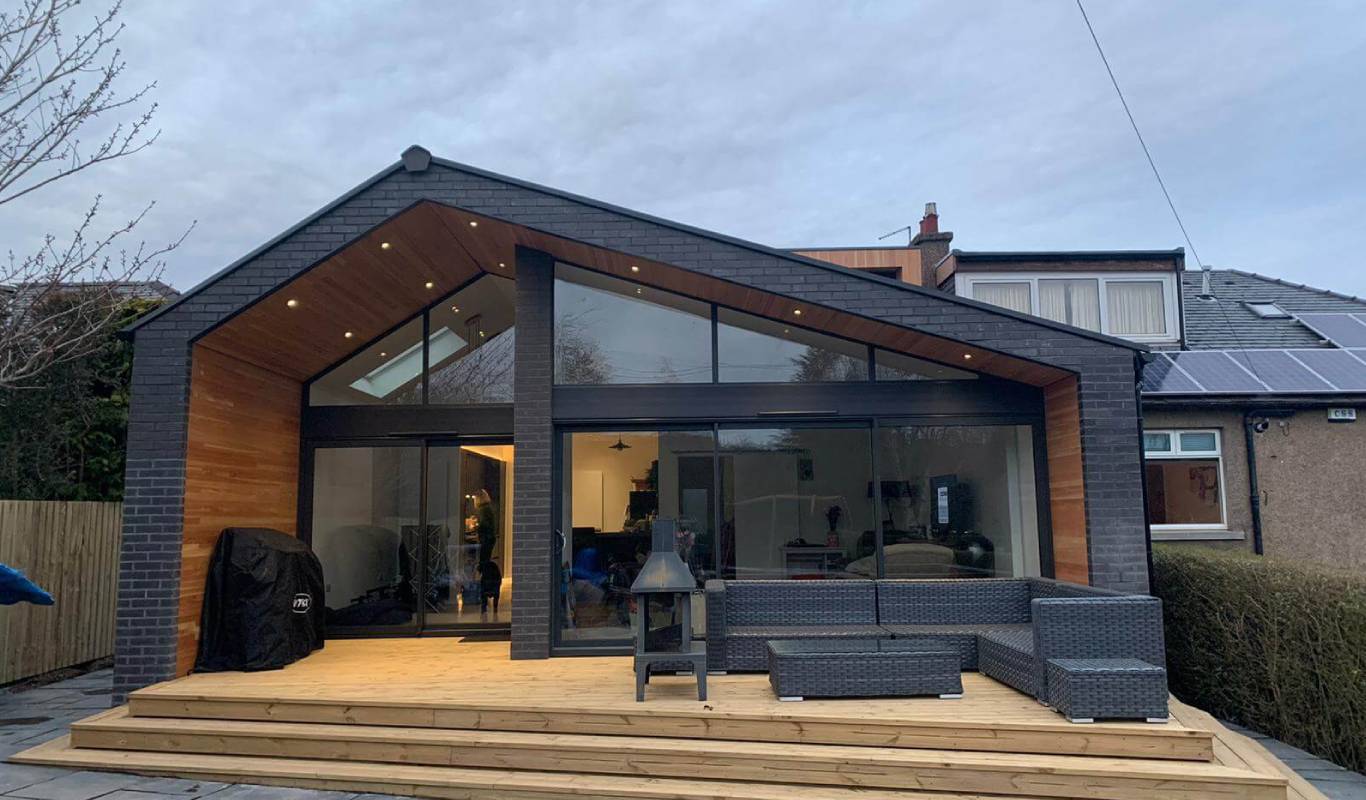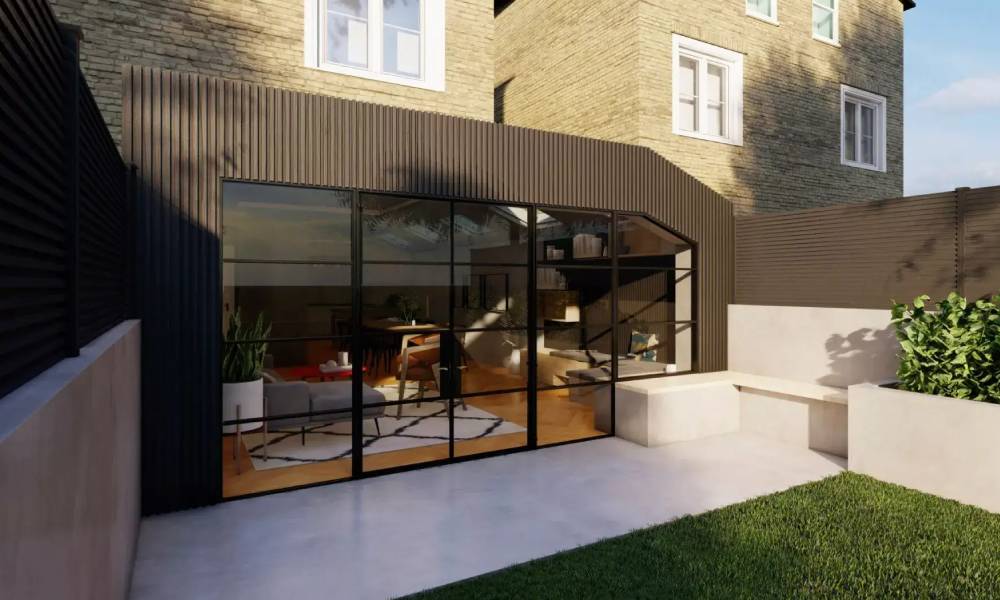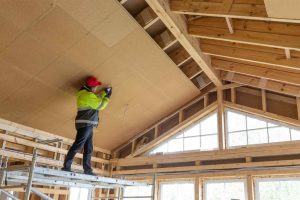
Mansard Loft Conversion | Pros, Cost, Planning Permission, & More
You can enhance your property’s living space with a Mansard loft conversion that saves you from the stress of relocation. But this project also required

Permitted development rights is a scheme of the Government of the UK that allows you to extend or renovate your house without any permission from the local authorities. Permitted development rights include both internal and external works on a house and can save a lot of time and paperwork for the owner. Following are the types of works that are included:
However, it is important to remember that these rights are subjected to certain limitations and conditions set by the government. That is why it is important to verify your permitted development rights before commencing the work to avoid any legal conflict.
Following are the areas that are excluded from the permitted development scheme:

The house extension rules are not particularly complex to navigate through. Depending upon the following factors, there are different sets of rules for building a house extension:
Following are the different sets of rules depending upon the type of the house:

The permitted development scheme was actually developed during the pandemic of 2020 to allow homeowners to extend their houses due to the increased demand for space in the houses. However, it is important to know that these rights only apply to houses and flats, and maisonettes are excluded from the list.
Depending upon the type of house and the extension you are planning to build, there is a specific allowed limit for you to extend the footprint of your house. However, you cannot completely change the shape of your front elevation without planning permission.
It is recommended to engage an experienced house extension contractor or an architect who can help you through the rules and regulations.
Planning and Permits: Check with local authorities to understand the planning regulations and permits required for the type of extension you are considering. Ensure you comply with all building codes and zoning laws.
Budget: Determine your budget for the extension project, including construction costs, design fees, permits, and potential unexpected expenses.
Design and Functionality: Work with an architect or designer to create a well-thought-out design that complements your existing home and meets your functional needs. Consider factors such as layout, natural light, and accessibility.
Property Restrictions: Be aware of any restrictions on your property, such as easements, utility lines, or protected trees, which may impact the extension’s location and design.
Impact on Neighbours: Consider how your extension might affect your neighbours, both during construction and after completion. Ensure your plans are respectful of their privacy and property.
Timeframe: Understand the projected timeline for the extension project, including design, permits, construction, and any potential delays.
Disruptions and Living Arrangements: Plan for any disruptions to your daily life during construction and consider temporary living arrangements if needed.
Future Plans: Think about how the extension aligns with your long-term goals for the property and whether it adds value to your home.

Although it may seem that the building codes and house extension rules are tough and nerve-wracking to follow, they are an essential part of any construction. Make sure you adhere to them completely, along with your architect and house extension contractor, to avoid any unpleasant circumstance that may cost you in terms of time and money.
If you fail to comply with the regulations, you may face severe legal issues combined with penalties. The authorities can ask you to remove the extension, which will cost you the amount of constructing the extension and demolishing it. You will also face difficulties in selling your house if the house extension does not comply with the local codes. Local authorities can also take legal action against you, resulting in a fine or any other legal proceedings.

You can enhance your property’s living space with a Mansard loft conversion that saves you from the stress of relocation. But this project also required

Solar panels help to reduce your energy bills, providing value for the invested money with easy installation. These can be installed in residential and commercial

With this guide, you can get information about loft boards, their advantages, types, and factors to consider while choosing a loft board for installation. Moreover,

Things You Must Know About Garage Conversion You must first determine if your garage is appropriate for conversion. It becomes difficult to convert a garage

House Extensions and Planning Permission House extensions enable property owners to extend their living space without enhancing their property’s footprint. House extensions are relatively affordable

What is Garage Conversion? The process of converting an existing garage space into a functioning living room within your home is known as garage conversion.
If you are considering having any type of loft conversions done then look no further than Life Lofts.